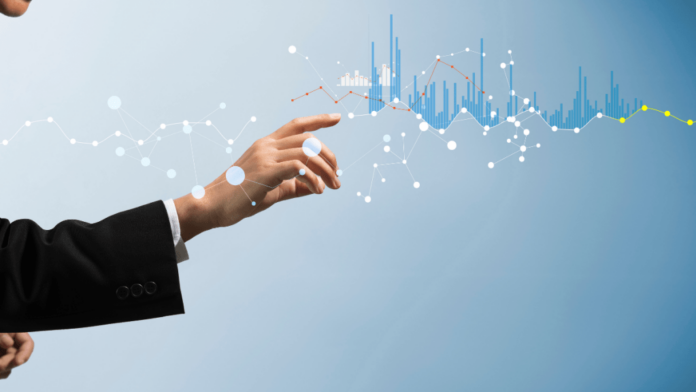For some companies, 2020 was a tumultuous year, but data analytics was one area that saw steady and vital growth regardless of economic volatility and market unpredictability. Without the right instruments or materials, a developer can not build a house properly, and a company can not decide on the best decisions without the right knowledge and business insights.
The constantly changing desires of customers are forcing companies in all fields to continuously change their strategies to stay competitive and drive revenues, and data and analytics are the most ideal way to do so.
A year ago, Gartner said that 19 percent of enterprise AI deployments were affected by development. Yet, as technology turns out to be more standard with more supplier support, a larger pool of expertise, and a large community of technology advancements, businesses would be in a stronger position to have something to do with artificial intelligence in different areas that were not thought of.
By 2023, as indicated by Gartner, graph technologies would facilitate quick contextualization for decision-making in 30 percent of businesses worldwide. The relationships between data points are the subject of graph databases and numerous advances.
For most stuff, those relationships are important and we need to do so through data and analytics.
Do we need to consider what the drivers of this particular outcome are? What did people buy after purchasing an umbrella? What did they buy? What stuff do individuals buy simultaneously? When using conventional storage techniques, however, most partnerships are lost. Combining relational tables uses a lot of energy and output is corrupt. Graph software preserves these experiences and improves the meaning for AI and machine learning. They further strengthen the explainability of these developments.
Organizations do not have to wrestle with an either/or option between a data center, a data lake, or even to set up different but equivalent departments in the cloud when switching to the cloud. In both the structured and semi-structured world, the lakehouse structure is the most amazing aspect.
A lakehouse helps you to store all information in a single location where top-tier streaming, business insight (BI), data science, and AI capabilities can be implemented. A lake house provides businesses with convenient access to the latest information; access to all information to conduct analytics depending on the situation, as opposed to what just lives in a data center. For data engineers, data scientists, and numerous customers across the organization, it empowers advanced analytics models and democratizes data.
With the aid of a strong data integration and transformation engine that can access various data sources as well as orchestrate the data flows and changes through different types of information, the lakehouse is only possible. Change provides one-stop access to analytics-ready data and empowers data engineering teams by self-documenting transformation workflows across a range of virtualized tables to efficiently deliver data science pipelines.
More importance will be given to the verticalization and specialization of data and analytics platforms. The analytics requirement is grounded, and traditional platforms have been established that crunch information and generate visualizations. Nevertheless, businesses are currently expecting a degree of domain experience and awareness about how explicit use cases can be maintained by data and analytics and will thus float to platforms that can solve their problems even more clearly. This would be one way that companies would likely want to escape the trend, with 80% of analytics ventures falling flat.
In 2021, businesses will start raising questions about what patterns they see are linked to COVID, regardless of whether short-term or long-term anomalies in knowledge or observations are to be attributed and how to deal with the company in the future.
Follow and connect with us on Facebook, Linkedin & Twitter

